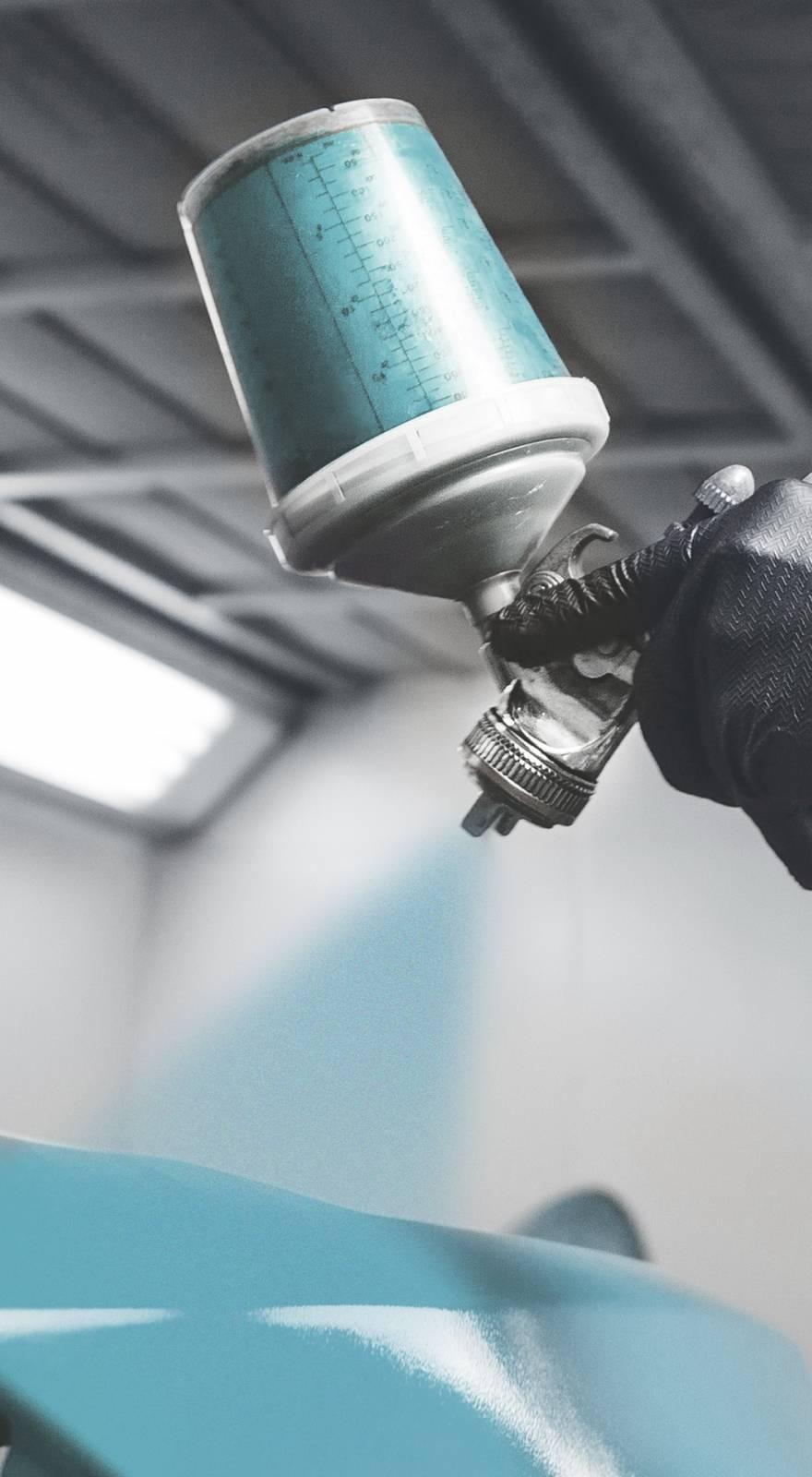Knowde Enhanced TDS
Identification & Functionality
- Chemical Family
- CASE Ingredients Functions
- Technologies
- Product Families
Features & Benefits
- CASE Ingredients Features
- General Features and Advantages
Styacryl A300 is raw material for the paints and coatings industry, including:
- Gloss paints Δ Wood stain varnishes
- Wood coating, pigmented Δ Textured coatings
- Metal corrosion protection paints Δ Marble chip plasters
Advantages
○ High pigment volume concentrations, the emulsion offers good outdoor durability.
○ It is especially suitable for the production of dispersion of blaster paints.
○ Normal scratch, block resistance and water resistance.
○ Film coatings have good resistance to aging and have a good adhesion on wet old oil and alkyd resins.
Applications & Uses
- Applications
- Compatible Substrates & Surfaces
- Coating Type
- Usage
Styacryl A300 dries at temperatures higher than approx. 12 °C to form crack-free films with high elastici-ty, high alkali resistance and low water absorption. Because of the medium MFFT of the emulsion, only low amounts of coalescing agents are necessary in paint formulations. When applying pigmented gloss paints in thick coatings or on highly porous substrates it is advisable to use sufficient amounts of propyl-ene glycol to prolong the open time. An over dosage may however have an adverse effect on the wet adhesion. The usual titanium dioxide and colored pigments as well as fillers may be used for the formula-tion of paints. To ensure an adequate storage stability long term storage trials are recommended at any rate, especially when fillers and colored pigments with a large specific surface area are chosen.
Salts of low molecular weight polyacrylic acids work well as dispersing agents, sometimes in combination with suitable wetting agents. Depending on the nature of the pigments and extenders, the required quantity is in range between 0.1 and 0.4 % active substance of dispersing agent relative to the pig-ment/extender mixture. To obtain high gloss values of the dried paint film it is necessary to use a mill base. Wood stains based on Styacryl A300 should contain some wax emulsions to improve the slip of the dried surface. The addition of suitable associative acrylic PU thickeners imparts rheological properties to gloss paints similar to those of conventional alkyd paints. Many commercially available defoamers can be included in order to prevent excessive foaming in the paints. Trials must be carried out to determine the most suitable grades.
Properties
- Appearance
- Flexible, Clear and Tack Free, Medium Hard
- Physical Properties
- Film Properties
| Value | Units | Test Method / Conditions | |
| Solids content (130 °C , 30min) | 50±1 | % | ISO 3251 |
| Brookfield viscosity (25 °C,4/20) | 5000 ±2000 | mPa.s | ISO 2555 |
| pH value | 7.0-9.0 | - | ISO 976 |
| Value | Units | Test Method / Conditions | |
| Particle size | approx.0.12 | μm | - |
| Minimum film forming temperature | 12 | °C | ISO 2115 |
| Glass transition temperature | 15 | °C | ISO 16805 |
Safety & Health
- Product Safety and Environmental Protection
The usual protective measures employed during the handling of aqueous polymer emulsions should be observed.
Storage & Handling
- Preservation and Storage
The dispersion contains some initial preservatives to prevent attack by microorganisms. In order that the product is also sufficiently protected against microbial contamination during further storage in opened drums, tanks or other storage facilities a suitable preservative should be added despite our preliminary preservation measures and the tanks and pipe work should be kept adequately clean. Styacryl A300 has minimum shelf life of 6 months from the dispatch date, provided the product is at temperatures between 5 °C and 35° C, avoiding frost and direct sunlight. Furthermore, it must be ensured that already opened drums and containers are always tightly closed. For bulk storage, additional conditions like the addition of preservatives or frequent stirring are technically applicable and recommended. To remove any skins or lumps that could have been formed during longer storage of the dispersion due to its film forming nature a filtration or sieve process is recommendable before further processing. The technical data ascertained by our quality control laboratory at the time of product release may vary according to the storage time and storage conditions and may deviate from the original values.

